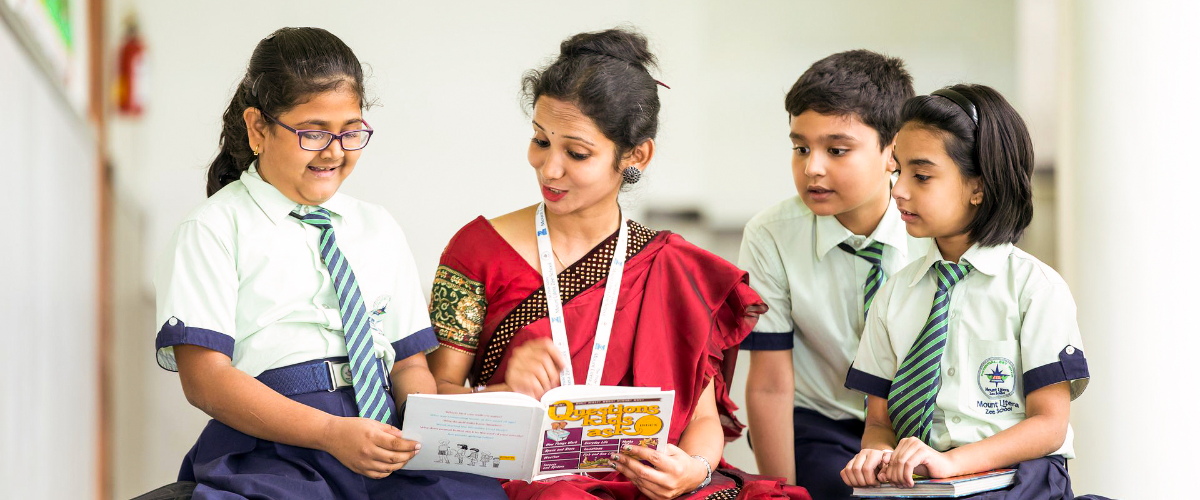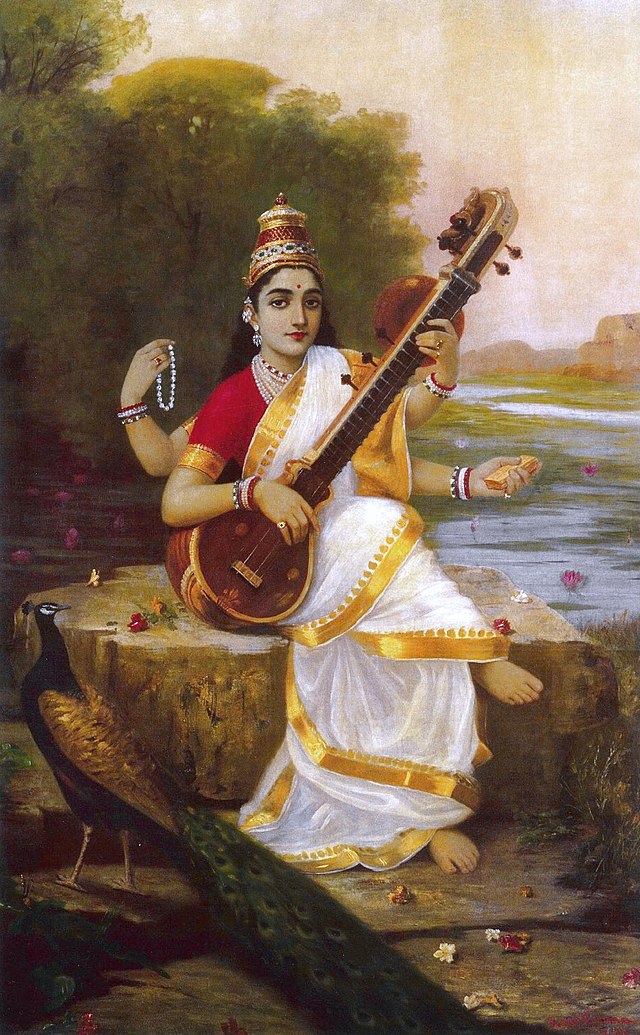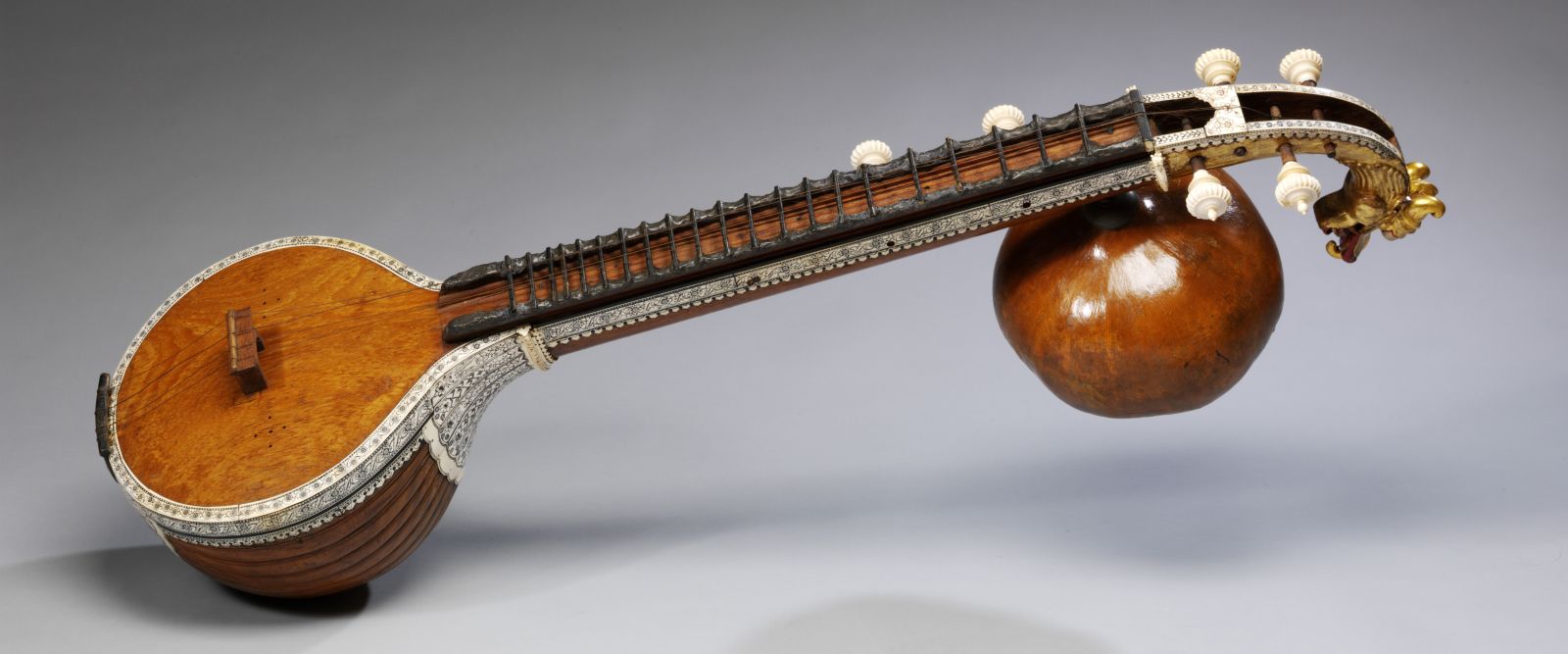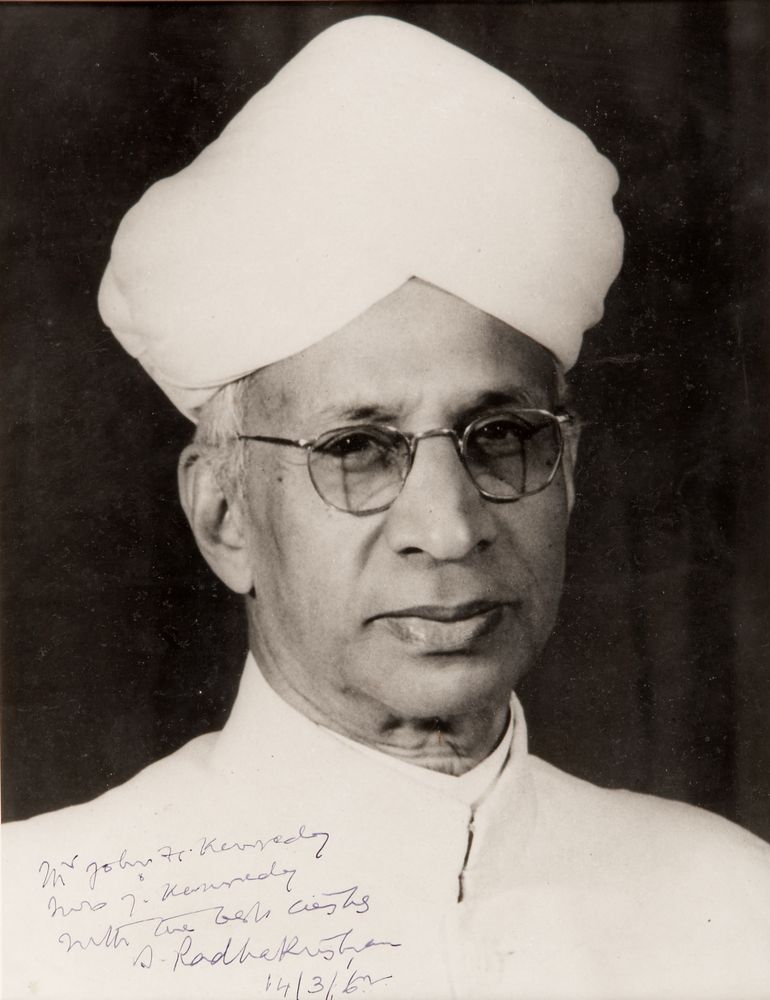

Why does India celebrate Teachers’ Day?
For Baselia Neves, a primary English school teacher at a private school in Mumbai, a typical weekday morning involves waking up at 6:00 am, attending to her two year old toddler and then deep diving into (now virtual) classes from 9:00am to 2:00am. Into her second year of online classes, Neves can now say that she’s well-versed with the virtual setup. This wasn’t always the case.
When the pandemic hit, all the teachers at her school were simply told to download the required apps. There was no training or guidance. Neves, who’s self-admittedly technically-challenged, had to turn to a friend in IT to figure out the basics. Her plight, of course, was silent, and is so often the case with teachers, the extra hours outside of the school day went unnoticed by students, parents and the school management. Despite her grueling weeks and months, she still loves teaching and loves her students.
But there's one day a year when Neves, and many other teachers like her, are made to feel special. On Teacher’s Day, students she taught years ago often reach out with greetings, making her feel that all the hardships are worth it. Her family, too, never lets this day pass without making her feel they are immensely proud of her contributions to their family in particular and society in general.
On that day, Neves feels like a queen, or goddess, to be more precise: Saraswati for her students.

Image of Godess Saraswatti
According to the Vedas, Saraswati is that cosmic creative energy that Brahma used to create the universe. Brahma is the creative force among the holy trinity (other two being Vishnu, the sustainer and Shiva, the destroyer) and Saraswati is his consort. Thus, she is in possession of all the divine knowledge and wisdom; she serves as the source of literature, art, music and all that has ever been thought or created. Hence, a true seeker of knowledge has always been a worshipper of Saraswati. This would explain why most of the educational institutes in India have an image or idol of Saraswati on their premises.
Saraswati is portrayed as a beautiful, nurturing, benevolent and compassionate woman with four arms. She wears a white sari and sits on a white lotus, signifying purity and illumination (through knowledge). In two arms, she holds a book (vedas) and a mala. The other two hands are for the veena. The book depicts that she is the beholder of all knowledge while the mala signifies the power of meditation, concentration and sustained efforts. The veena represents that she is the beholder of creativity and the arts. She sits on a white swan that alludes to grace, intelligence and good judgment. (According to folklore, a swan has the ability to understand the difference between milk and water.)

As per Hindu tradition, Saraswati Puja happens on the day of Basant Panchami that marks the arrival of spring. Indian mythologist and author Utkarsh Patel points that in earlier days, children embarked to school on this day.
“In fact, anything related to knowledge or the arts began with a prayer to Saraswati. The Saraswati Vandana or prayer would be recited first thing in morning more so if you were an artist or a teacher.”
Saraswati is also known as ‘Jyotiswarupa’, the light that illuminates the darkness. This could be equated with another Indian word, ‘Guru.’ In Sanskrit, ‘Gu’ means darkness while ‘Ru’ means dispeller of darkness. There is an old Indian saying ‘Guru bina gyaan nahi’, which means without a guru there is no knowledge and wisdom. In India, as children, we’ve grown up listening about legends of the ‘guru-shishya parampara’. The Mahabharat tells the story of Eklavya, a hunter’s son who wanted to learn archery from the mighty Dronacharya—guru to the Pandavas. However, Dronacharya could not accept him in his gurukul as he was a guru to the royal household. But such was Eklavya’s determination and dedication to learn archery—from Dronacharya—that he made an idol of his guru in the forest and practiced by looking at it. Years later, when Dronacharya chanced upon him and saw his archery skills, he realized that Eklavya had possibly surpassed Arjuna in archery and thus would pose a threat to his position as the best archer. So as a gurudakshina—the practice of repaying the teacher after completion of studies—Dronacharya asked Eklavya for his right thumb, which he willingly gave, despite knowing Dronacharya’s intentions.
Such stories form an integral part of Indian history since ancient times. Our culture is rife with glorious accounts of guru-shishya relationships be it Krishna, Buddha or Gandhi.
In a culture spanning millennia, teachers have always been put on a pedestal in India. In modern India however, Teacher’s Day is celebrated on the birth anniversary of Dr. Sarvopalli Radhakrisnan, India’s former President and an eminent educator and philosopher. He taught at several universities post-Independence and was a great defender of Indian vedas against the myths propagated by colonialism and Christian missionaries. His first writing work was his MA thesis ‘The Ethics of the Vedanta and its Metaphysical Presuppositions’ as a reply to the charge that the Vedanta system had no ethics. He understood Hinduism as a scientific religion and spent his life and writings dispelling myths in the west and in India as well. In his endeavours to acknowledge the importance of teachers in society, he requested his students who wanted to celebrate his birthday (September 5th) to instead celebrate it as ‘Teachers’ Day’—as India knows it today.

Image of Dr. Sarvopalli Radhakrisnan
Somewhere along the way though, this most revered relationship in India has lost its meaning. Without adequate systems in place and the entire ecosystem surrounding education, teachers can often feel burnt-out, overworked and even overwhelmed.
But there are teachers like Neves who have not given up despite the system. Regardless of the odds, they unflinchingly—stoically, almost—continue their duty. Because even in the middle of a system that is far from perfect, there are students who never forget.
Maybe someday, they'll remember more frequently than once a year. That would be the greatest prayer to Saraswati.
Darbar Fringe Festival is Leicester's summer music festival which brings urban, contemporary and classical genres...
Read More 
The bansurior bamboo flute is an ancient wind instrument made of a single hollow shaft of bamboo with six or seven...
Read More 
Charlie Parker, the legendary jazz saxophonist, once said: 'Music is your own experience, your own thoughts, your...
Read More 
The beginner's guide to Indian classical music. Whether you’re completely new to raga music or just need a refresher, we’ve put together this brief overview of all things raga music to help you feel at ease when visiting one of our concerts or watch our videos on our YouTube or our Darbar Concert Hall.
Keep up to date with the latest news, events, music and musings across our social channels
For hundreds more clips and shorts, vist our YT page here 